
Where Does Candle Wax Go When It Burns? Uncovering the Science Behind Candle Burning
- November 29, 2023
Where does candle wax go when it burns? This is a question that sparks curiosity in many, and rightly so. Candle burning is a familiar yet mysterious process, with waxes of various kinds illuminating our homes and infusing them with fragrance.
While candles are a staple in many households, the science behind their burning, especially Wax’s journey, continues to be an exciting topic of discussion and differing opinions.
Table of Contents
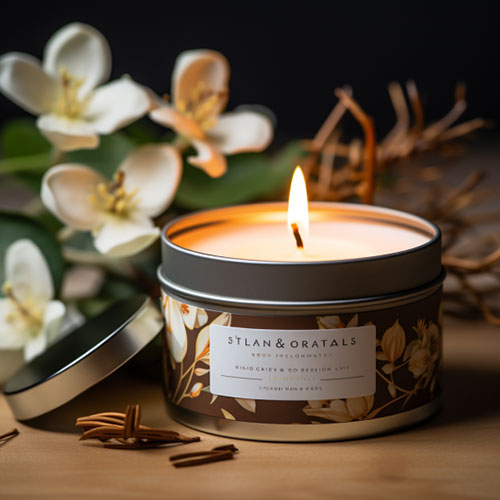
Deep Dive into Candle Burning
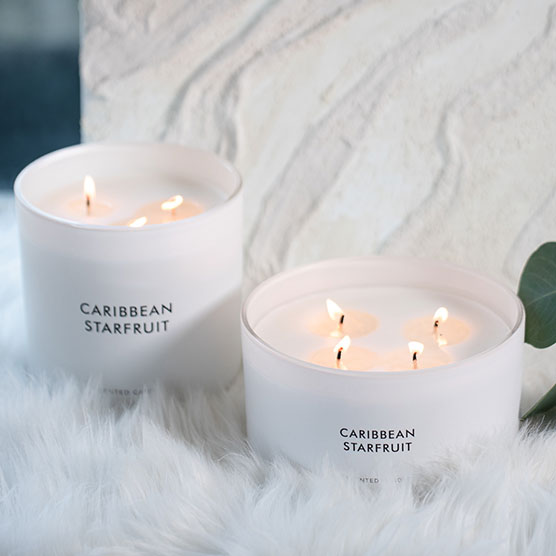
Regardless of their wax composition, Candles fundamentally consist of hydrogen and carbon atoms, forming hydrocarbons. Each type of wax, be it soy, Beeswax, or paraffin, has unique properties that influence a candle’s burning quality. Soy wax, known for its slowness and even burning, is a favourite for its eco-friendly nature.
With its natural and subtle honey scent, Beeswax burns cleanly, offering a toxin-free experience. Paraffin, meanwhile, is prized for its versatility and strong scent throw. The choice of wax is crucial as it determines not just the burn time but also the overall ambiance and safety of the candle.
What is the Chemistry of Candle Burning?
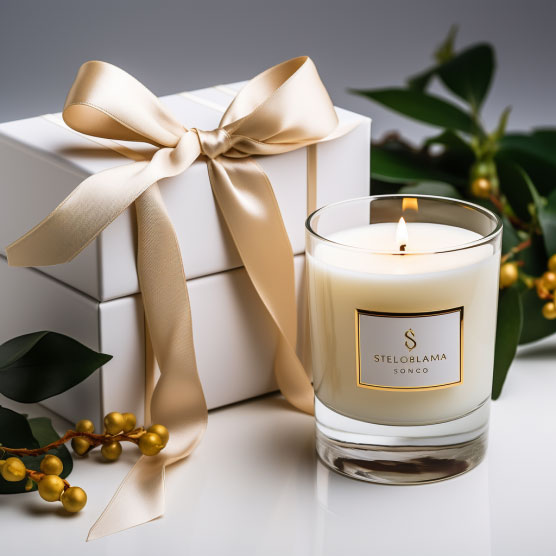
The chemistry of candle burning is rooted in the interaction of its basic components – the wax and the wick. Once lit, the wax, a blend of hydrogen and carbon atoms, melts. This melted wax, drawn up the wick by capillary action, undergoes a chemical reaction when it encounters the flame’s heat.
This reaction breaks down the wax’s hydrocarbons into water vapour and carbon dioxide, releasing heat and light. This intricate yet elegant series of reactions exemplifies the remarkable transformation of simple hydrocarbons into a candle’s warm, glowing light.
What is the Physical Change? from Solid to Gas
The physical transformation of candle wax from solid to gas is a mesmerizing display of basic physics. Initially, the wax exists in a solid state. Upon lighting the candle, the heat from the flame gently melts the wax near the wick, turning it into a liquid.
This liquid wax is then drawn up the wick, which encounters even more heat and vaporizes into a gas. In this gaseous state, the wax combusts in the presence of oxygen from the air, fueling the flame.
This melting, vaporization, and combustion sequence underpins a candle’s enduring light and warmth. Unfortunately, I can’t include visuals or diagrams, but these can be valuable additions to enhance your understanding of your blog further.
Environmental and Health Considerations
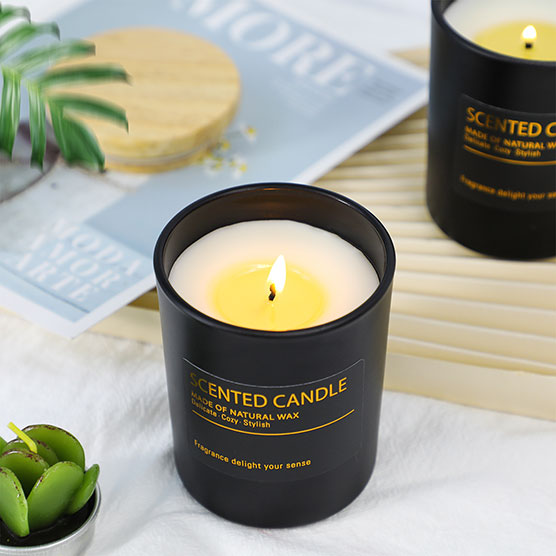
The environmental and health considerations of candle burning are topics of growing importance. Different waxes have varying ecological footprints. Soy wax, derived from soybeans, is renewable and biodegradable, making it an eco-friendly option.
Beeswax, while natural, requires a more considerable ecological investment due to bee farming. Paraffin wax, a petroleum byproduct, raises concerns due to its non-renewable origin and potential for harmful emissions.
From a health perspective, the quality of indoor air can be affected by candle burning. Candles with synthetic fragrances or lead wicks may release harmful chemicals. Choosing candles made from natural waxes and wicks and scented with essential oils can mitigate these concerns, ensuring a healthier and more environmentally conscious burning experience.
Practical Tips for Efficient Candle Use
For efficient and safe candle use, proper maintenance is key. Firstly, always trim the wick to about 1/4 inch before each burn. This prevents excessive flickering and soot. Ensure the wax pool is clear of debris, as this can create an uneven burn. Burn candles in a well-ventilated room but away from drafts, which can cause rapid burning and reduced candle life.
Never leave a burning candle unattended, and keep it out of reach of children and pets. Lastly, avoid burning a candle all the way down to the container; stop use when about 1/2 inch of wax remains to prevent heat damage to surfaces or the container.
Innovations in Candle Making
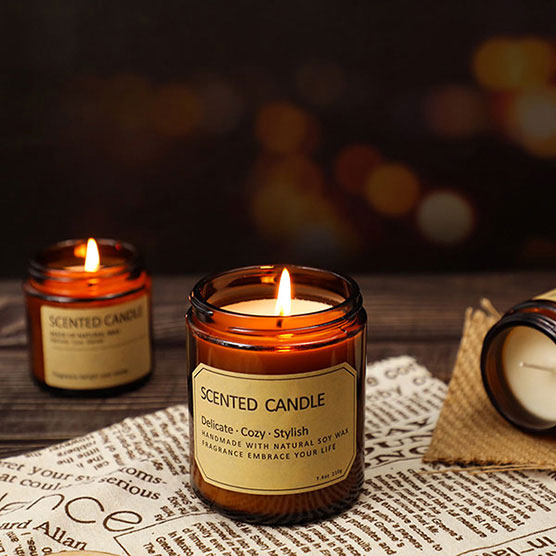
The candle industry has seen significant innovations, particularly in creating eco-friendly and long-lasting products. Advancements include using sustainable materials like coconut wax, which offers a cleaner burn and longer life.
Soy and beeswax candles have also been refined for better scent throw and burn efficiency. These innovations reduce environmental impact and provide consumers with higher quality, safer, and more enjoyable products.
The integration of natural, non-toxic fragrances and wicks has further enhanced the appeal of modern candles, aligning with a growing consumer preference for environmentally responsible and health-conscious options.
In Summary
In conclusion, the journey of candle making, from the choice of wax to the chemistry of burning, is a fascinating blend of art and science. Innovations in eco-friendly and long-lasting candles are reshaping the industry, offering consumers higher quality and more sustainable choices.
At AromaLeap, we encourage you to delve deeper into the world of candles, appreciating their aesthetic and aromatic contributions and the intricate science that makes each candle a unique creation. Embrace the beauty and complexity behind every flicker and scent, and let the humble candle illuminate your understanding of this age-old craft.
Light Up Your World: Share Your Candle Discoveries and Insights
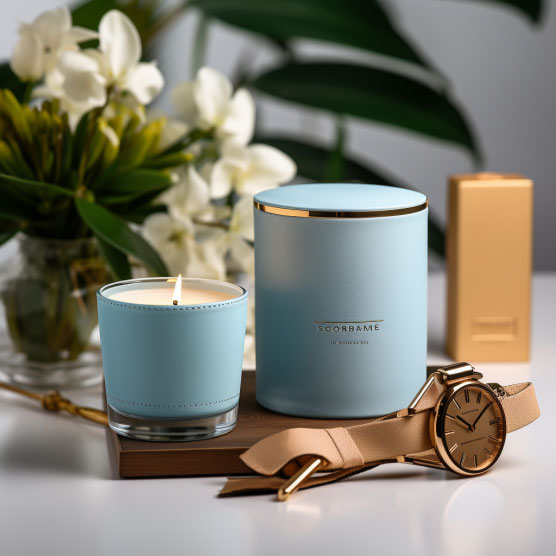
As we close this illuminating journey of candles, we invite you to explore the diverse range of candle types. Experiment with different waxes, fragrances, and shapes to discover which resonates most with your senses and environment.
At AromaLeap, we’re eager to hear about your experiences and insights. Share your favourite candle discoveries, ask questions, or spark a discussion in the comments below. Your engagement enriches our community’s collective understanding and appreciation of the art and science of candle making. Please light a candle tonight and let its glow inspire your next aromatic adventure!
Related Blogs


What Are the Benefits of Frankincense Oil

